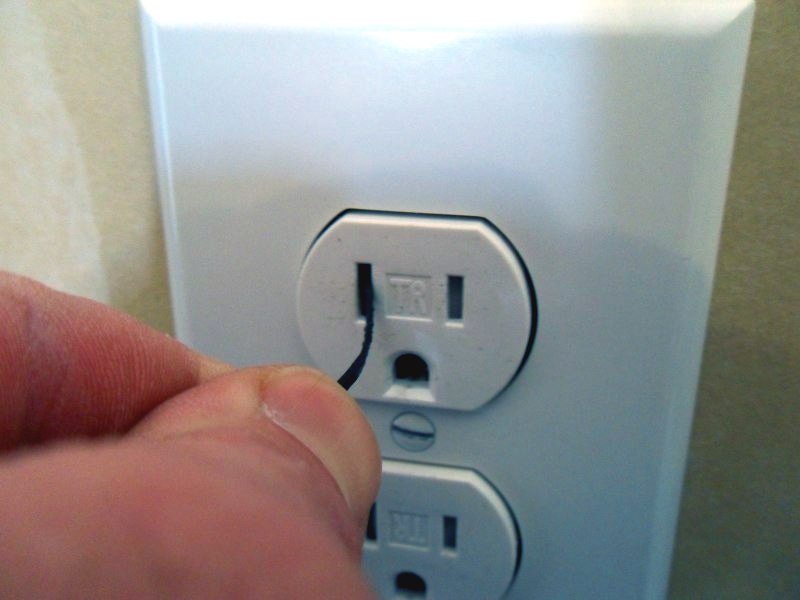

They may have been admitted to the hospital for further treatment, transferred to a hospital better equipped to handle a serious burn injury, sent to a rehab center, or died in the ER.

It is unclear what exactly happened to the 31 children not discharged from the ER. The NEDS shows that 1,718 children between the ages of 1 and 17 came to the ER in 2013 as a result of domestic electric injury 1,687 of those children were discharged from the ER. Of those infants, none were admitted to the hospital, meaning their injuries were sufficiently minor for them to be discharged from the ER. In 2013, 68 children under age 1 received this diagnosis. One of the HCUP databases, the National Emergency Department Sample (NEDS), can be used to find out how many people in the US visited an ER due to an "accident caused by domestic wiring and appliance." The Healthcare Cost and Utilization Project (HCUP), a group of databases maintained by the Agency for Healthcare Research and Quality, tracks information about US hospitalizations and emergency room visits, searchable by billing diagnosis codes. Furthermore, when children do visit the ER for electric shock, the causes of electric shock can be widely varied. How common is the risk of electric shock? And how often is an electric shock going to cause an injury (generally a burn, but perhaps a cardiac event) worthy of a trip to the emergency room? These answers are tricky, first because lots of children receive electric shocks and don't visit the ER (touching the car door handle is one example). The frequency of domestic electrical injuryīut what about non-fatal electrical injuries? Google "electric shock kids" and you'll find a terrifying array of articles with first aid procedures for kids who have managed to wedge a fork into an outlet or bite through a lamp cord or grab a high voltage wire. If you're installing outlet covers to avoid accidental electrocution death, there are much better uses of your time. In short, electrocution death is extremely unlikely for anyone, and especially so for children. Roughly 80 percent of all electrocution deaths are adult men. Likely as a result of occupation (construction, for example), men are far more likely to die of electrocution than women. That's all people in the US and all types of electricity, including workplace and home accidents. Electrocution deaths are incredibly rare: In the US, there are approximately 1000 deaths per year due to electricity.


 0 kommentar(er)
0 kommentar(er)
